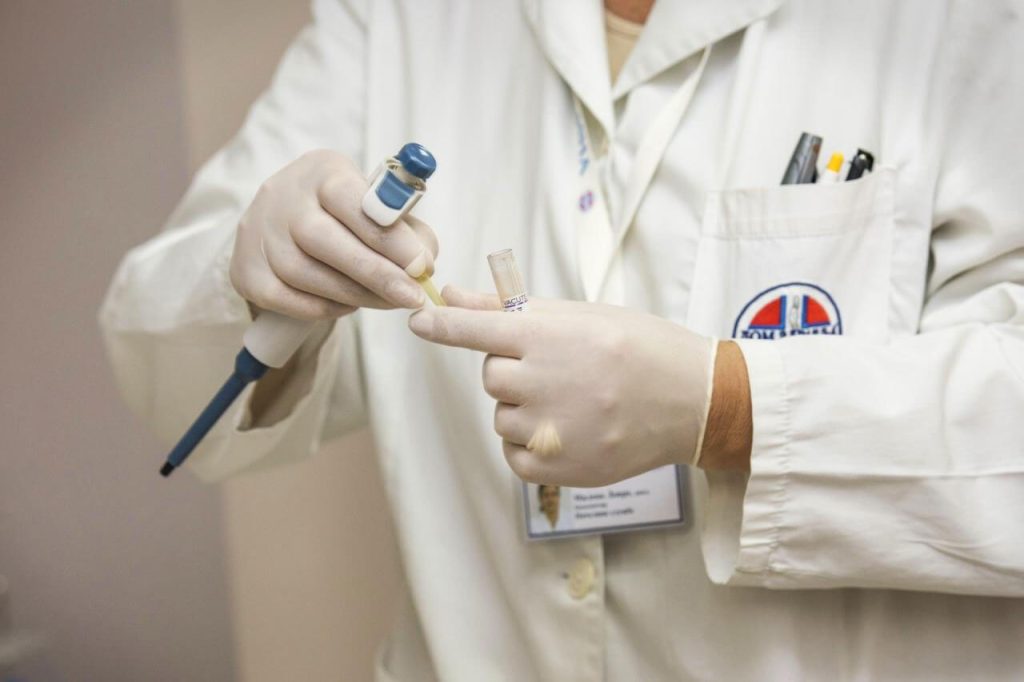A Social Security Disability Review, also known as Continuing Disability Review (CDR), can be a scary proposition for people who receive benefits from the Social Security Disability Administration (SSA) because of their disability. So, what can you expect from a Social Security Disability review?
CDRs can happen anywhere from six months to seven years after a disability award, based on the prospect of medical improvement. If the SSA finds during this review that you are no longer disabled or that your medical condition no longer prevents you from working, then your benefits will be terminated.
What Is a Social Security Disability CDR Review?
Your eligibility for benefits will be verified on an ongoing basis. If your health improves to the point where you can return to work, you may no longer be eligible for benefits. The duration of your disability benefits is tied to the results of a process known as continuing disability review.
You will be notified in advance of your CDR appointment via mail or by a representative from your local Social Security office. This letter will provide you with important information about the CDR procedure and your right to file an appeal.
The Continuing Disability Reviews are performed by a team consisting of members from Disability Determination Services (DDS), the public agency that evaluates files for the Social Security Administration, in addition to a disability examiner and a medical professional who is known as a medical consultant (MC).
The DDS team will examine your file, request documentary evidence of your treatments and any previous employment, and then contact your medical providers to collect relevant information about you. SSA will cover the cost of a consultative examination if the DDS consultant determines they need more information about your medical history.
One of the objectives of the CDR is to ascertain how and to what extent your condition impacts your capacity for employment, including the type of work you previously did and the type of work you are capable of doing despite your existing medical condition. If your condition has improved, the DDS will investigate whether you’re qualified to go back to work.
What Can I Expect From a Disability Review?

Frequency
The frequency of the CDRs that you are required to go through is determined by the seriousness of your condition as well as the likelihood that you will get better.
You will be issued a Notice of Award once the Social Security Administration has determined that you are eligible for benefits and has approved your initial claim. Although the SSA CDR process allows discretion over the specifics of your initial and subsequent reviews, this document will notify you how often your disability benefits will be reviewed.
Difficulty

Though CDRs are an added burden for those receiving Social Security Disability benefits, they are typically far less difficult to pass than the initial application process. The majority of the time, Social Security disability benefits are continued following CDRs.
If a beneficiary’s medical condition has gotten better to the point where it no longer prevents them from working, and if the recipient is capable of engaging in substantial gainful activity, then their disability benefits will be terminated.
The SSA places great weight on the medical improvement review standard when evaluating a CDR. For a recipient to be considered to have medical improvement, the severity of their disability must have greatly reduced over the course of their treatment.
This health-related improvement must also be connected in some way to the recipient’s employment. The beneficiary may no longer require disability benefits if his or her condition has improved to the point where regular employment is possible.
To engage in substantial gainful activity (SGA), one must be able to earn more than the SGA cap per month through gainful employment. To be eligible for termination of disability benefits, a recipient must be able to return to work at the SGA level, regardless of whether or not the SSA determines that the recipient’s health condition has improved.
Response Time
Getting a judgment on your CDR can take anywhere from three to five months. The Social Security Administration checks your disability status to see if you’re eligible for benefits.
The Social Security Administration will consider all relevant information regarding your health and how it affects your ability to work before reaching a decision. Estimating how long it will take for the Social Security Administration to make a decision on your review can be difficult.
The time it takes to get a response from Social Security after filing a claim depends on a number of factors, such as:
- The time required to obtain your health history.
- The time it takes to gather the necessary medical data to make a determination.
- How long it takes the Social Security Administration to get copies of medical records from clinics, hospitals, and other institutions.
- How long it takes for occupational and medical specialists to get in touch with your doctors.
When you apply for Social Security Disability benefits through the Social Security Administration, your paperwork is sent to the SSA agency, which makes disability determinations.
Let’s say you’re in a position to supply the Social Security Administration with thorough and correct details about the medical evidence supporting your claim. If so, it might facilitate a quicker review of your social security disability claim.
The Social Security Administration needs to see certain medical records to verify your disability. To prove that an applicant has a medically determinable disability or impairment, the Social Security Administration requires “objective medical evidence” from an “acceptable” healthcare center.
Filling Out the Forms

To provide information for the CDR, you will be required to fill out one of two CDR forms.
The Short Form
The term “Disability Update Report” can be used to refer to a short form. It’s the Social Security Administration’s standard procedure for monitoring those who receive disability payments. However, it is also used to decide if a continuing disability review is necessary for the recipient.
The Long Form
The long form, or the “Continuing Disability Report”, is typically given to those with a good recovery prognosis (Form SSA454). If you get this, it indicates that you will need to go through a CDR and a comprehensive medical review soon.
Required Paperwork
The process of evaluation will call for the completion of some paperwork at various points. Any medical care you’ve received since your disability occurred will need to be documented in patient records.
You may also be asked to provide the names and numbers of your medical providers, as the review process may involve checking in with them to assess your health. If this is your first medical review, it is recommended that you list all medical appointments dating to the initial approval date.
If you have a job, you should list your employer, the date you started working for them, how many hours per week you put in, and how much money you were paid.
It’s a good idea to keep your documentation, such as pay slips, and with the rise of digital dashboards in the workplace, it’s now possible to have easier access to this information.
CDRs During Trial Work Period
A continuing disability review is prompted when an individual returns to employment.
While the Social Security Administration’s trial work period is meant to encourage beneficiaries to get back into the workforce, the threat of a continuing disability review acts as a significant disincentive.
For beneficiaries who have received 24 months of benefits, the Social Security Administration will reverse any medical CDR performed mistakenly if the agency is notified of the mistake within 12 months.
If a claimant’s work activities during the trial work period support a conclusion that the disability has ended, the Social Security Administration states it will not take those activities into account when deciding whether or not to terminate the claimant’s disability benefits.
On the other hand, the Social Security Administration will take into account the work activities if they provide evidence that the disabled person’s condition persists.
Conclusion
Generally, there is a lot of information on what you can expect from a disability review.
CDRs are relatively easy to pass and result in continuing benefits in 95% of the cases. However, knowing how to navigate a CDR increases your chances of passing it. Consulting an attorney can also significantly increase your chances of passing a CDR.


